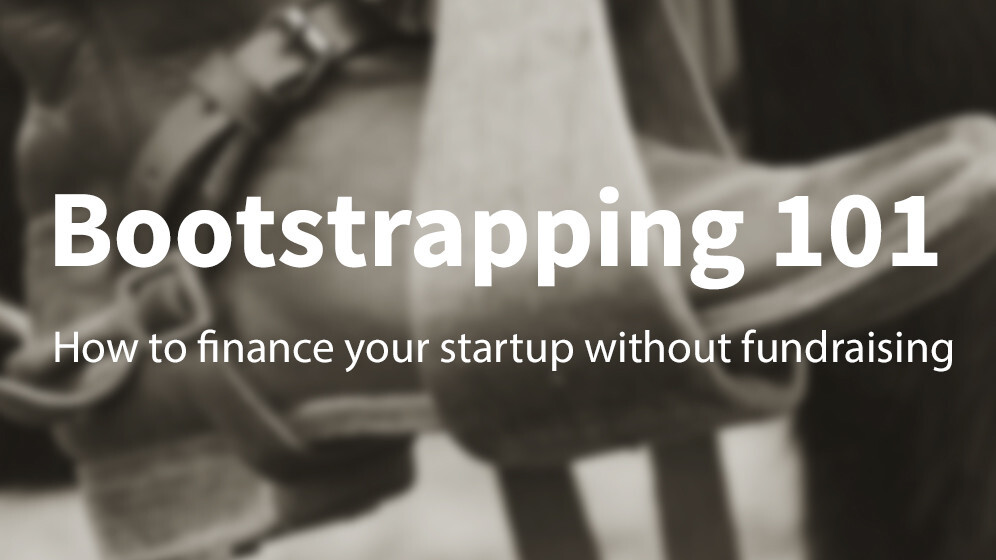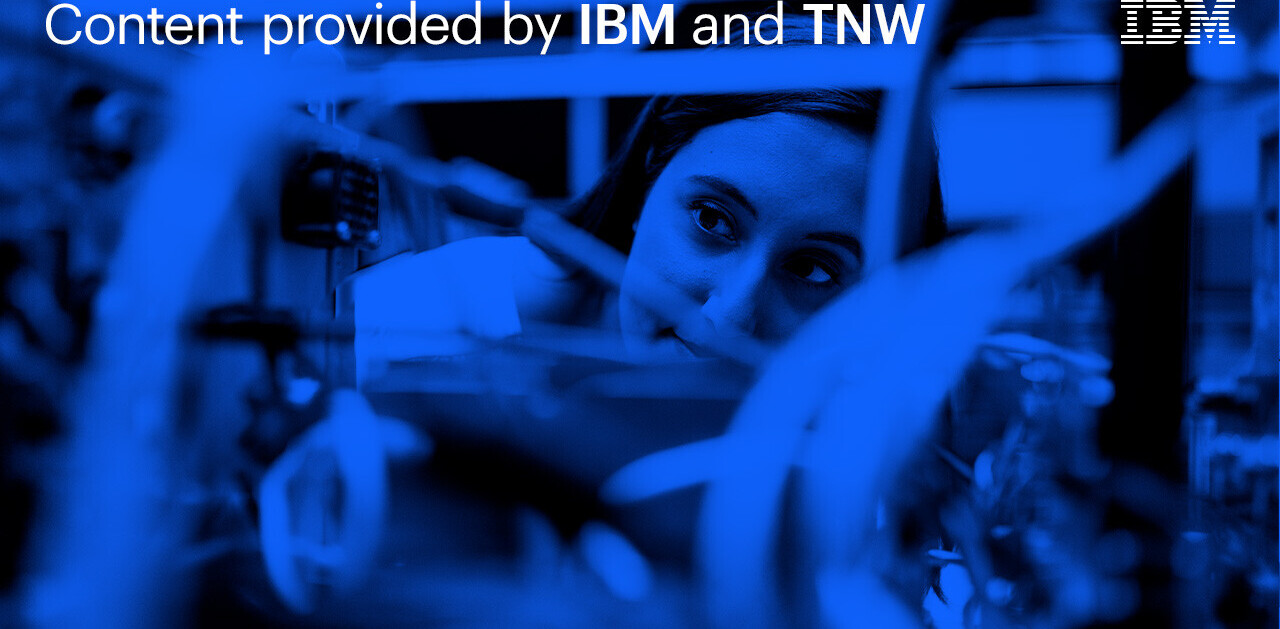
Poornima Vijayashanker is the founder of Femgineer, helping entrepreneurs and tech professionals (especially women) level up their careers. This post is based on the author’s new guide, How to Transform Your Ideas into Software Products.
At the end of 2012, I was in a really tight spot. My startup, BizeeBee, had run out of capital – and even though we were making money, it was just not enough to cover everyone’s salaries.
I had to make a tough call: shut it down, get acqui-hired or keep it running. I decided to keep it running, because I kept seeing the signs of more customers who might stick around for months or years.
In the midst of a lot of uncertainty, I decided to take a pretty big risk. Instead of selling the company, I’d keep it going mostly on my own. Almost two years later, I’m happy to report that I made the right choice by bootstrapping my way to creative and financial freedom.
Here’s how it was done.
Bootstrap from the beginning
BizeeBee was initially funded using personal savings, as was Mint.com, the other startup I helped start.Aaron Patzer, Mint’s CEO, invested $50K of his personal savings to build out the prototype before reaching out to angel investors.
I spent roughly the same when building BizeeBee’s prototype. However, plenty of successful startup founders have invested significantly less than that, so know that it is possible!
After building the prototype and generating revenue, I took in some angel investment, but I went back to bootstrapping after a couple years.
When I started on the path to bootstrapping, I had little to no guidance. Most people I talked with who had bootstrapped had really just done it through savings or as a bridge before they received investment; there were very few who bootstrapped all the way to break-even and profitability.
Why bootstrap?
The major benefit to bootstrapping all the way is that it will give you the financial freedom and control that allows you to direct your company and innovate. The key to getting that freedom is to hit the revenue milestones that will let you switch from purely pursuing sales to doing creative work.
Until then, however, you need to focus on growing your revenue as fast as possible while you’re bootstrapping. It’s natural to have the feeling that you’re not innovating because of your sales or marketing focus, but you need to put on the blinders until you get to a position of creative freedom.
3 bootstrapping methods
The three most common ways to bootstrap while still scaling your business are the following:
1. Build a simple version of a product quickly, then switch your focus to customer acquisition as soon as possible.
If this is the approach you take, then you’ll want to make sure the initial version of the product has:
- A simple way for customers to onboard themselves that gives them a positive first-time experience and provides enough value that they are willing to pay. This will keep churn low.
- Marketing baked right into the product for increased viral distribution.
- Enough money in the bank to support yourself while you wait for revenue to come in.
It might seem like this approach presupposes product-market fit. However, it can be done if you spend a bulk of time doing pre-sales by selling customers on the value proposition before the product is built.
Or, if you have a product that’s been out there for a while—maybe as a free product—focus on getting people to become paying customers. Offer just a little value to get them interested and using the free version, but do your best to upsell them.
The latter is the approach the company Olark took; the team offered a simple version of its product for free, then required payment for more advanced features.
2. Initially offer services that are high touch while automating and productizing them.
In this approach, you can start by doing work for an initial set of customers—essentially, consulting. This is tantamount to a concierge MVP. While doing this, you’ll need to figure out a way to automate some of the work you’ve been doing and productize it.
You can then offer the product to your customers as a time and cost-cutting tool. When doing this, realize that you’ll be cannibalizing your service-based revenue stream, but eventually you’ll be able to recoup the losses because your product will appeal to a wider audience and be more scalable than your service offerings.
3. Consult or teach on the side.
Offer services that require a level of expertise that can only come from you, are hard to automate or replicate to experience the same level of quality, and can be a one-to-many offering.
Freelancing and consulting are the common ways people do this. However, I advise against this because you end up trading dollars for hours, which isn’t scalable. Instead, I prefer the one-to-many model, which means servicing a number of customers at the same time.
The classic example of this is teaching. In this approach, you can eventually productize your curriculum, but you begin with a very high-value offering that people are willing to pay a premium for. You’re going to use that premium to build up cash reserves and possibly fund product development.
The path I chose for BizeeBee
My current approach to fund product development for BizeeBee is #3; I teach a course on Lean Product Development and split the proceeds between funding product development for BizeeBee and the cost of running and marketing the course.
I also pursue other activities, such as speaking, that I get paid for while simultaneously building awareness and funneling customers back into my course.
But I didn’t get there overnight; it took a solid year of effort and experimentation.
When I began, I was hell-bent on creating a repeatable revenue stream. So before I began, I took a sales training course from Sandler. It helped me to understand:
- how revenues are tied into sales and marketing activities
- how to become more comfortable experimenting with various sales and marketing activities and give them ample time to yield results
- how to measure the success of the experiments, continue to invest time and resources into the ones that work, and stop or tweak the ones that don’t.
To understand your funding needs, compare what people are willing to pay with the costs associated with customer acquisition and rendering your service.
For example, after the Sandler training, I took stock of revenue I made from teaching between August 2012 and December 2012, so I knew what people would pay. A five-month interval was good enough for me to see a pattern, and I noticed that I was making $X per month. However, I was giving away half of the revenue to schools and venues where I was teaching.
My initial goal was to keep making $X without giving third parties a cut. I needed to figure out which sales and marketing activities would lead me to generate $X without paying half of $X.
After focusing on sales for the past two years, this summer I got managed to get back the creative freedom that I had been craving, and used it to produce a book, How to Transform Your Ideas into Software Products.
As a product in its own right, the book needed bootstrapping too, to pay for printing, editing and promotion. I funded it with book pre-orders, corporate sponsorships and sales of my mentorship program; another example of how I used services to bootstrap a new product.
Bootstrap with a safety net
Keep in mind that if you’re starting from scratch, then you’ll want to have enough money to give yourself a six- to nine-month cushion, maybe even longer. During this time, you’ll be experimenting and building up data on sales and marketing activities that attract customers, as well as learning what people are willing to pay for.
If you’re primarily a service-based business rather than a product-based business, you have the luxury of collecting money from day one. Good luck!
Read next: How to get Product Hunted like a pro
Get the TNW newsletter
Get the most important tech news in your inbox each week.




